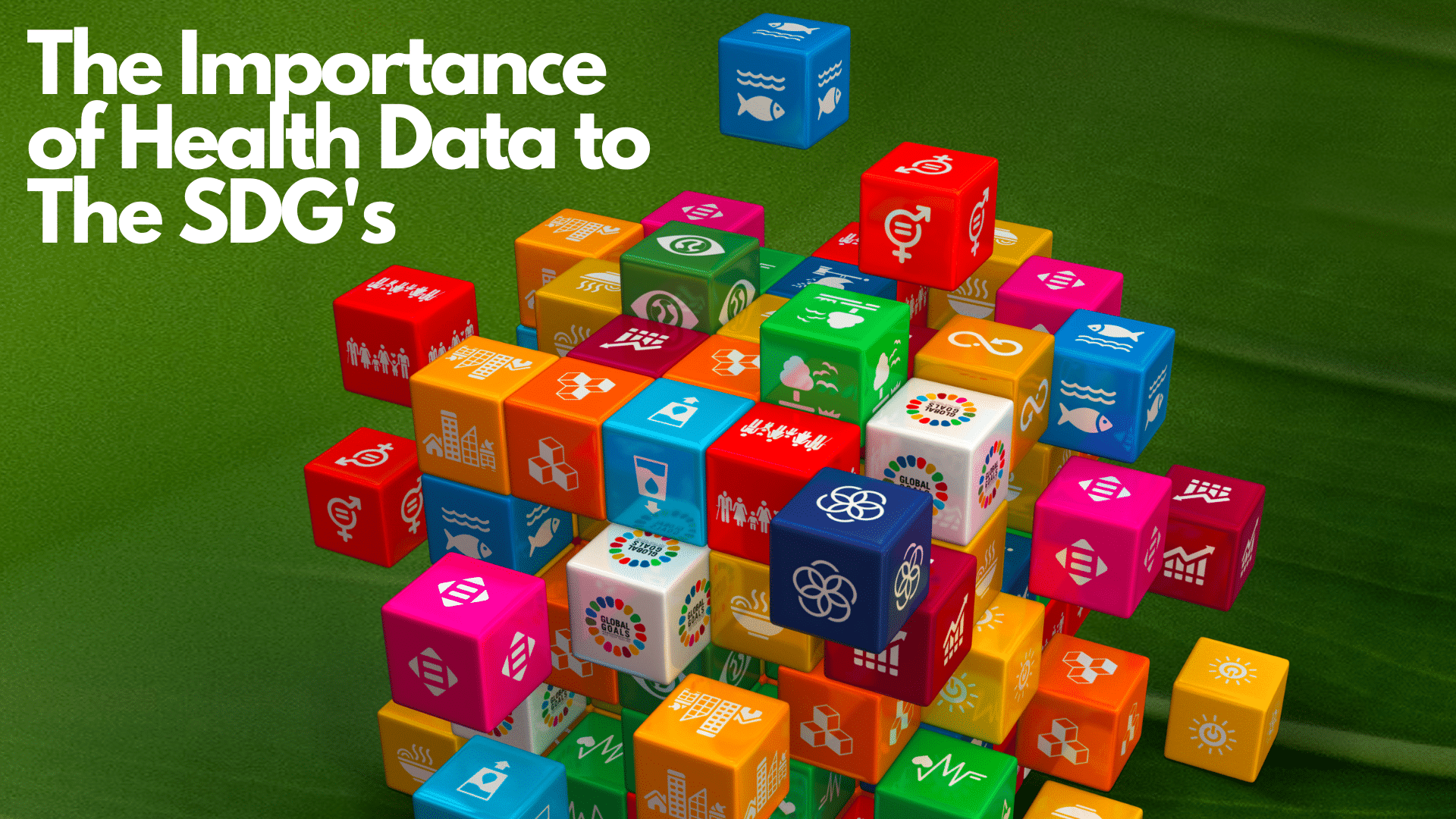Big Data
The volume of data in the world is increasing dramatically. According to United Nations, 64.2 zettabytes of data were created, that is a 314 percent increase from 2015. An increased demand for information due to the COVID-19 pandemics also contribute to higher-than-expected growth. A large share of this output is “data exhaust,” or passively collected data deriving from everyday interactions with digital products or services, including mobile phones, credit cards, and social media.
Huge amounts of digital data is referred to as ‘big data’. As mentioned by United Nations, “Data is growing because it is increasingly being gathered by inexpensive and numerous information‐sensing, mobile devices and because the world’s capacity for storing information has roughly doubled every 40 months since the 1980s”.
The Data Revolution
The data revolution, which encompasses the open data movement, the rise of crowdsourcing, new ICTs for data collection, and the explosion in the availability of big data, together with the emergence of artificial intelligence and the Internet of Things, is already transforming society.
Advances in computing and data science now make it possible to process and analyse big data in real time. New insights gathered from data mining can be paired with official statistics and survey data to add confidence and power to data sets. The integration of this new data with traditional data should produce high-quality information that is more detailed, timely and relevant.
How is data used to achieve better health?
The Health Data Collaborative is a joint effort by multiple global health partners to work alongside countries to improve the availability, quality and use of data for local decision-making and tracking progress toward the health-related Sustainable Development Goals (SDGs).
The Health Data Collaborative exists to empower countries to achieve the targets set out in the health-related goals, especially but not exclusively those in Goal 3: ensuring healthy lives and promoting wellbeing for all at all ages.
Hows does Talking Medicines help Goal 3

The data we collect is a representation on the confidence patients have in their medicines. Our Patient Confidence Score includes feelings, symptoms, sentiment and brand counts. The PCS is then provided to Pharmaceutical companies in order for them to better their Patient outcomes and truly achieve patient-centricity for the first time.
There has never been a clear way of understanding patient experiences, but now PatientMetRx® provides the first KPI for patient experience. This overall is helping to ensure healthier lives and promoting wellbeing for all at all ages.
There is more that we can do for the SDG’s in a mission to bring better data which leads to better health.
Find out more about the Patient Confidence Score over on the PatientMetRx® website here.
References:
World Health Organization, (2020) ‘Health data: A critical element to meet the SDGs’ Available at: https://www.who.int/data/stories/health-data-a-critical-element-to-meet-the-sdgs [Accessed 11 November 2021]
United Nations, (2020) ‘Big Data for Sustainable Development’ Available at: https://www.un.org/en/global-issues/big-data-for-sustainable-development [Accessed 11 November 2021]
Health Data Collaborative, (2021) ‘BETTER DATA. BETTER HEALTH.’ Available at: https://www.healthdatacollaborative.org/what-we-do/ [Accessed 11 November 2021]




